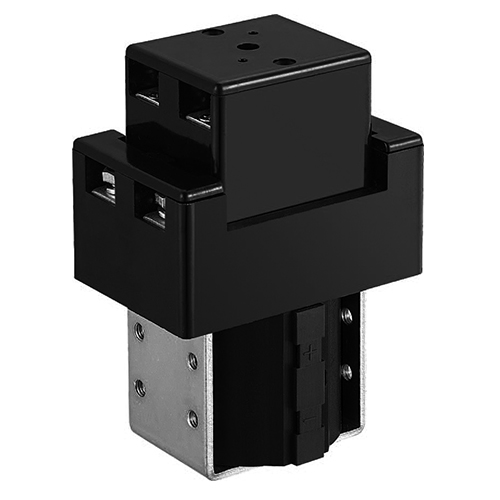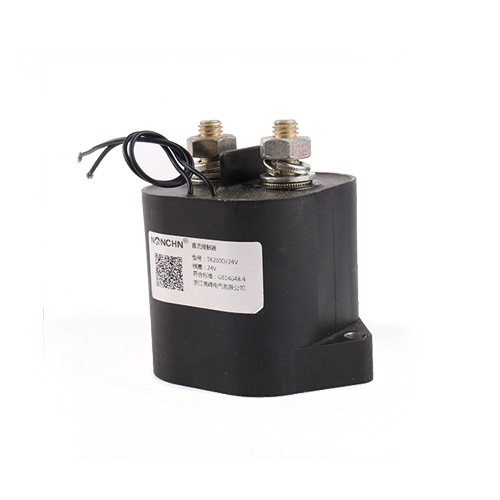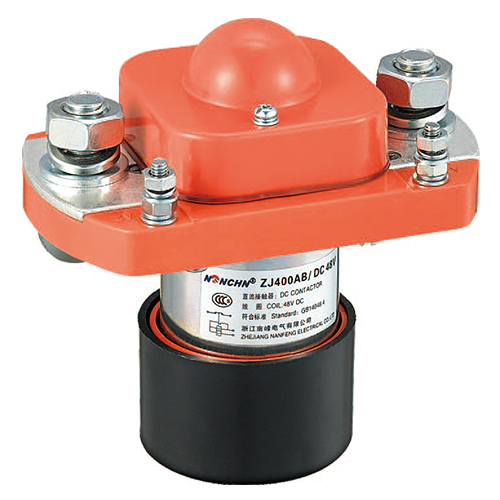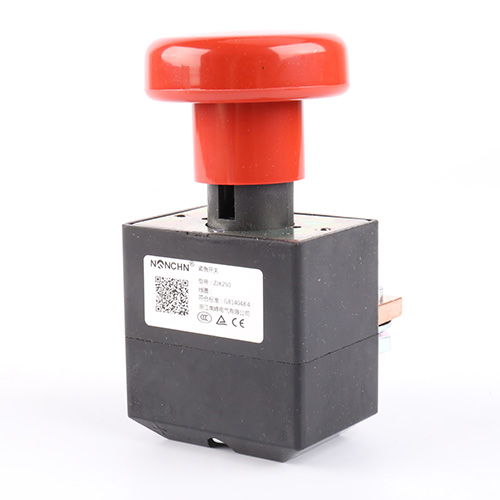
The power connector completes the circuit by connecting an electrical component to its power source. For consumer electronic products, the connector usually refers to the connection where the product "plugs into" the battery, or more commonly the power source in the wall. Certain types of electrical connectors carry both power and data, but power connectors have a more specialized purpose: they allow electronic devices to operate.
Basic concept of power connector
The various power connectors on the market reflect their many differences in structure, direction and purpose. Certain connectors can resist physical damage caused by water, shock or vibration; some can only tolerate a limited number of connections and disconnections before they may fail. We divide the power connector into: 1. Connection duration (temporary or permanent). 2. The position of the conductive interface (male or female) 3. The type of current (alternating or direct). 4. Assembly and disassembly methods.
Power connector structure
For the power connector to perform its function correctly, it must have the correct pin arrangement. The pin arrangement is the connection arrangement that each connector can make in the circuit. Each wire is connected to a corresponding contact or pin in the connecting part. Since wires may have different uses and characteristics, the function of the connector and the entire circuit is essential, and each pin is matched with the correct contact. Connector manufacturers use several different methods to make these wire connections, such as: 1. Soldering. 2. Pierce or move the insulating material around the contacts. 3. Winding. Choosing the appropriate connection method depends on the terminal of the connector. The exposed pins of the terminal are just enough to complete a circuit, but not enough to create a dangerous connection, easily damaged by normal use, or may be accidentally disconnected.
Power connector keying and polarization
Incorrectly connected pins may damage electrical components. To prevent connection errors, some connectors have special mechanical adjustment functions that only allow the connector to be connected to the correct matching, angle and direction of the pin assignment. These connectors are called "keyed" or "polarized" connectors.
Some basic hardware components of the power connector
1. Jack: A female connector used to receive pins or blades to complete the circuit.
2. Blade: A flat conductive metal sheet that can be installed in the blade socket to complete the circuit.
3. Needle: A male conductive cylinder installed in the jack as part of the connection.
4. Socket: socket or connection socket, usually the least moving part of the connector.
5. Plug: may contain multiple jacks, pins or blade terminals. Plug the plug into the socket.
Company Profile
Zhejiang Nanfeng Electric Co., Ltd. is a company. With DC contactor as the leading factor, it integrates production, R & D, manufacturing anAn enterprise that can be integrated. Our company is specialized in producing medium load and heavy load DC contactor is suitable for electric forklifts, battery cars, tractors, and excavating. Machine, automobile air conditioner, communication power supply, uninterrupted power supply, electroplating power supply, etc. system The switch control of the integrated electronic control circuit has the advantages of small volume and large load capacity. Long service life, simple maintenance, wide application range, and well received by users. Welcome.
TEL: +86-577-62797256 62776658
FAX:+86-577-62797257
EMAIL:king@kingnan.com









